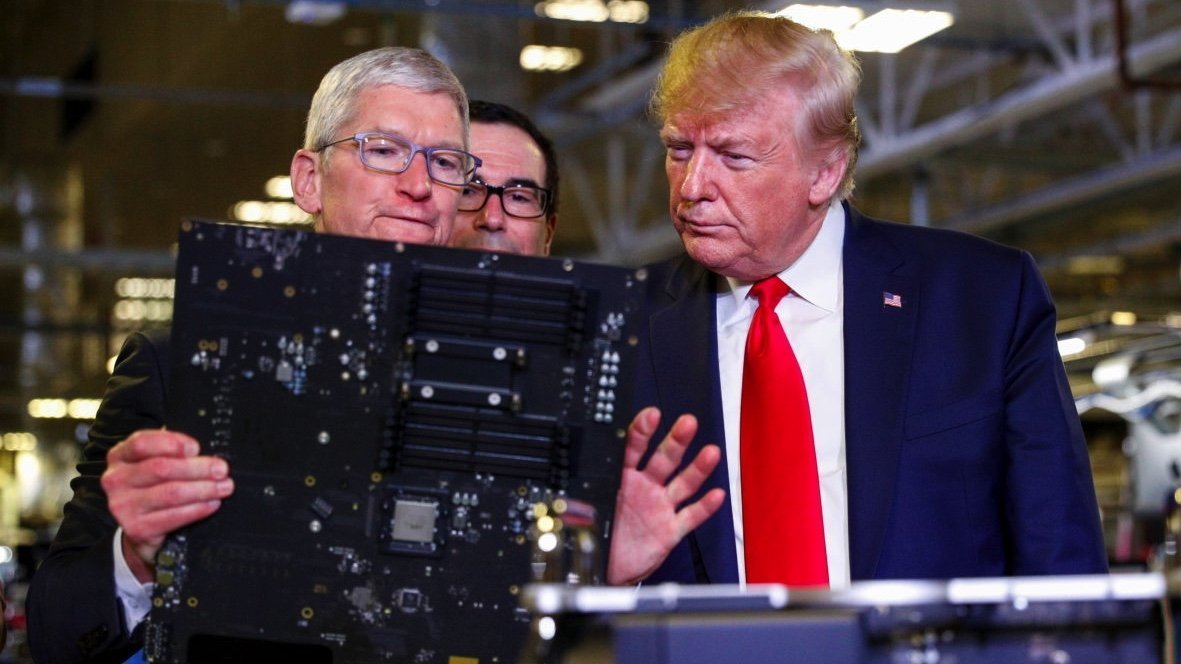www.computerworld.com
As federal workers continue to be handed pink slips, IT workers are being caught up in the effort to downsize government agencies and theyre likely ill-prepared for the job market theyll face in the private sector.The Trump Administration, with guidance from Elon Musks unofficial Department of Government Efficiency (DOGE), has started significant reductions in the government workforce, including tech professionals. As of Feb. 16, approximately 10,000 federal employees had been laid off, with an additional 75,000 accepting buyout offers. Other reports of more recent cuts are already circulating, which would add to that total.While the specific number of IT workers affected has not been broken out, agencies such as NASA and the Federal Aviation Administration (FAA) have been hit by sizable cuts. In Houston, NASA employees are facing potential layoffs, with managers at the Johnson Space Center warning probationary workers about imminent terminations, according to various reports. Probationary workers are not necessarily new hires; government workers with years of experience who have received a recent promotion are also considered probationary.Similarly, the FAA has dismissed hundreds of probationary employees, including those in technical positions crucial for safety.The broader impact of the workforce reductions is still unfolding, with new details likely to emerge as the situation evolves. But for IT workers being let go from government jobs, the outlook is not good.More than 70,000 IT jobs were scrubbed from the overall tech job market in the past 24 months, according to data from IT industry research firm Janco Associates. As government workers are released, they will flood the market and find very few opportunities, according to Janco CEO Victor Janulaitis.There has been a monumental shift in the IT labor market as AI has taken hold and many legacy positions in the IT function have been automated out of existence, Janulaitis said.For example, try to talk to Microsoft on a technical issue, he said.All of their phone numbers have been redirected to websites. This has impacted the US labor market somewhat, but the real unemployment had been in the offshore job markets. Federal IT workers will be in a world of hurt. Many of the systems and support staffs are based on really old legacy technology. Those employees do not have the skills to compete in the AI and LLM job markets.Janco AssociatesPeter Miscovich, Global Future of Work Leader at JLL Consulting, agreed that the IT workforce in the US is rapidly changing due to advances in AI, policy shifts, and changing industry needs. Workers, he said, face a paradox: some sectors struggle with talent shortages, while others have an oversupply due to recent layoffs and hiring freezes.For the IT job market, no significant expansion in 2025?We may be witnessing the beginning of emerging stagnation in terms of future growth of IT talent demand, he said. Several recent projections indicate that there may be no significant expansion within overall IT employment throughout 2025.Even so, he said, certain industries are witnessing a surge in demand for tech talent and demand for specialized skills in areas such as AI and machine learning. For example, the retail and hospitality industries saw hiring increase by 38% in the post-pandemic recovery period, while IT and services hiring growth slowed from 19% in December 2024 to 12% last month, Miscovich said.In addition to potentially lacking skills being sought in the private market, laid off workers are likely to find companies are not hiring as they used to. And newer AI-based tools are being deployed to take the place of non-critical staff, low-skilled developers, and entry-level IT jobs such as level one help desk positions. On top of that, Janulaitis said, CFOs dont want to expand headcount because doing so represents the greatest cost to an organization. That is what they are doing to drive costs down, he said.In particular, many government IT workers have been sheltered from the rapid change in the market brought about by the arrival of generative AI in the last couple of years; its adoption has reshaped IT hiring across industries. Competition for top AI talent has intensified, with companies offering significant incentives to attract and retain skilled professionals. Federal tech employees, as is true for most IT workers, will need to upskill or reskill in new technologies such as AI and large language models (LLMs), blockchain, security and compliance, and e-commerce, Janulaitis said.Miscovich agreed. Upskilling has emerged as a critical focus area, with 35% of organizations identifying it as a top challenge in the coming year, he said. The rapid evolution of technology necessitates continuous learning and adaptation, prompting companies to invest in training programs that align employee competencies with future business needs.Technical training schools will likely see a boom, as most universities havent updated their courses to match the skills needed in the modern world; that mismatch is likely to soon be a problem.One bright spot for laid-off IT workers remains with small-to-medium-size businesses, which have been on a hiring spree. Much of that is due to continued layoffs by large enterprises, which flooded the market with IT job-seekers. In the past year, tech giants such as Alphabet (Google), Dell, Intel, Microsoft and Ciscohave all announced significant layoffs.And that was before the recent round of government layoffs.In general, we feel there will be some growth in the IT job market over the next few quarters, Janulaitis said. Depending on the trends in the Make America Great Again [plan], there will be opportunities for skilled and experienced IT professionals. Day-to-day coders and support staff will have some difficulty especially if there is an economic downturn. Those will be the first ones to go.Unskilled federal employees will either have to train up or find new career paths.












